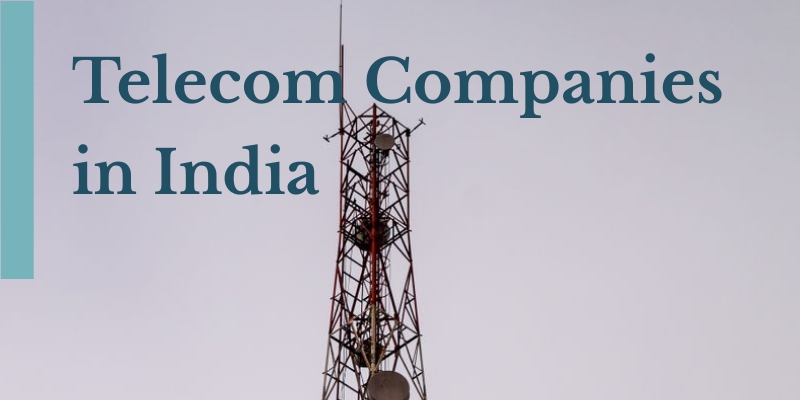Telecom Regulatory Authority of India and it’s short name is TRAI, It is the regulator of the telecommunications sector in India. It is a statutory body established by the government of India. The current TRAI chairman of PD Vaghela, an IAS officer of the Gujarat cadre.
This body established on 20 Feb 1997 by an act of parliament to manage telecom services and tariffs in India. Being a telecom regulator the main objectives is to offer a fair and transparent environment and facilitates fair competition among the competitor in the market. TRAI regularly issues directions and orders such as mobile number portability, DTH, tariffs and quality of services.
As of now, there are 1147.92 million wireless subscribers including inactive users in India, this data released shared by Telecom Regulatory Authority of India.
There are some telecom companies in India have dominated the overall market. JIO have the highest market share of 35.08%, AIRTEL has 28.12% share market, VI has a 26.18% share market, BSNL has a 10.36% market share, and MTNL has 0.29% market share.
List of Telecom Companies in India
| Operator | Technology | Subscriber | Active user |
|---|---|---|---|
| JIO | VoLTE, ViLTE, VoWiFi, WiFi | 402.67 Million | 317.56 Million |
| Airtel | VoLTE, ViLTE, VoWiFi | 322.83 Million | 312.67 Million |
| VI | VoLTE, ViLTE, VoWiFi | 300.15 Million | 264.68 Million |
| BSNL Mobile | WiMAX, WiFi, VoLTE | 118.91 Million | 61.89 Million |
| R.Comm | LTE, TD-LTE, FD-LTE, LTE-A , GSM - VoLTE | 0.02 Million | 0.01 Million |
| MTNL | TD-LTE, FD-LTE, LTE-A, VoLTE, WiMAX, WiFi | 3.34 Million | 0.61 Million |
Telecom Industry in India
The telecom industry in India is the 2nd largest in the world. The industry witnessed rapid growth over the last few years driven by expanding 4G network coverage, mobile number portability. Telecom industry contribution is 6.5% to Indian GDP, offering employment to 4 million. India has 620 million smartphone subscriptions with 100 no of smart cities. India is the only country where the user consumes the maximum data in the world at 12GB/month and which would increase to 25GB/month.
This telecom industry contribution to GDP is expected to cross 8.2% by 2020. In 2017, the total number of subscriber identity module (SIM) connections was 1.1 billion and it is expected to increase and will touch 1.4 billion.
410 million additional smartphone users will be expected to increase by 2025.
As per GSMA, India is becoming the 2nd largest smartphone market globally and 920 million unique mobile subscribers by 2025 which also include 88 million 5G connections.
5G is on the way to be a game-changer for the telecom industry and is expected to provide broad economic opportunities over the next 3 to 5 years. India has the potential to unlatch 48.69 billion USD through the implementation of 5G over the next 4 years.
Department of Telecommunications (DoT) provided approval to more than 70 companies. These companies are mainly focused on Tier1 and Tier 3 cities. The government allowed 100% FDI in telecom sector through the automatic route. FDI inflows in telecommunication were 37.2 billion during 2000- June 2020.
Here are some major policies and schemes
- BharatNet
- Digital India Programme
- National Broadband Mission
- National Digital Communications 2018
- Relaxation of FDI norms
- Spectrum Reforms
- Telecommunication Interconnection (Second Amendment) Regulations, 2020
Telecom Industry Trends
- Mobile payments – BHIM app, Aadhar Pay UPI to connect masses offering banking interfaces, security and storage.
- Non-traditional telecom services – e-education, e-banking, e-health, e-commerce
- 4Gand 5G ecosystem – high reliability and low energy consumption, high data rates
- industry 4.0- Data exchange and automation with technologies including cloud computing, IoT, VR, AR.

